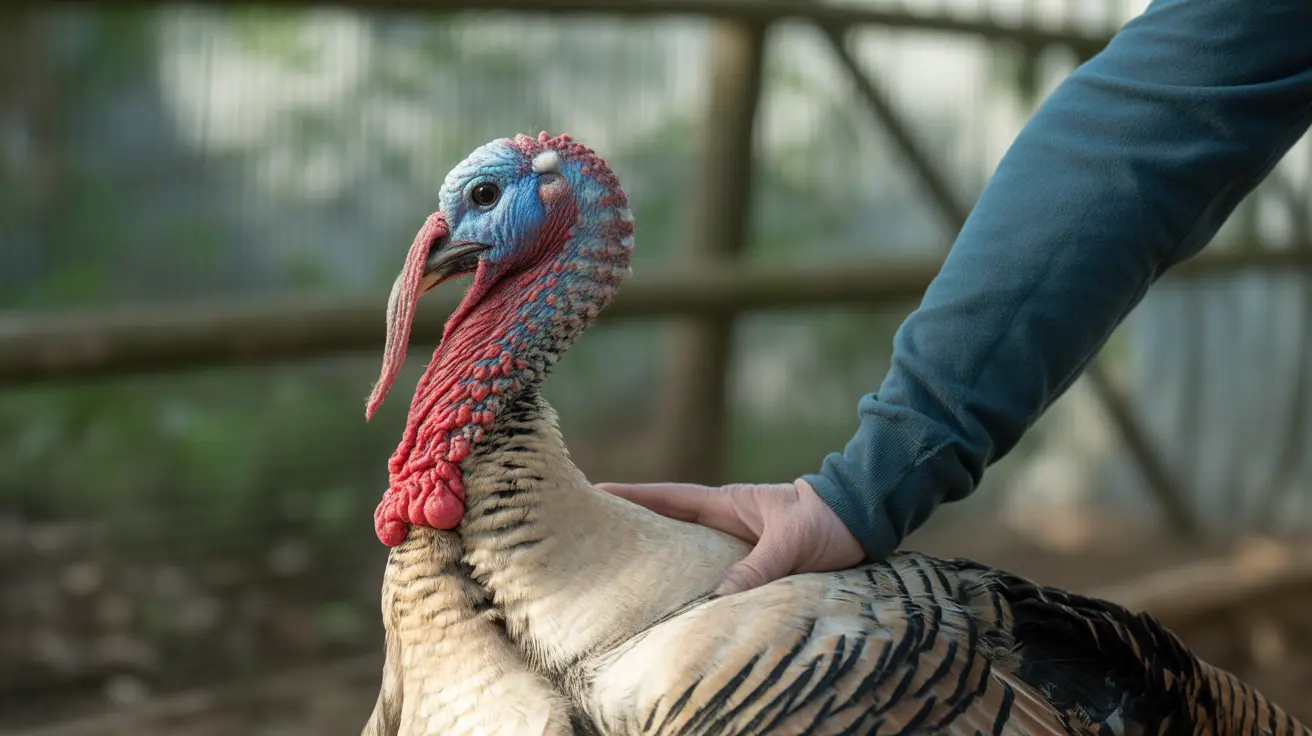Understanding Leiomyosarcoma – A Silent Killer in Cats
Leiomyosarcoma is a rare but dangerous cancer that arises from the smooth muscle tissues of the gastrointestinal tract in cats. Often undetected until it's advanced, this malignant tumor can be considered a
silent killer due to its subtle and slowly progressive symptoms. Early detection plays a pivotal role in improving the prognosis.
What is Leiomyosarcoma?
Leiomyosarcoma is an
aggressive type of cancer that originates in the smooth muscle lining of the stomach and intestines. Though
uncommon, it poses a serious threat due to its high potential to spread (metastasize) to other organs like the liver and lungs. It primarily affects
middle-aged to older cats, typically over six years of age, with no known breed or gender predisposition.
Why is it Called a Silent Killer?
This cancer earns the title of a "silent killer" because:
- Symptoms develop gradually over weeks or months
- Early signs mimic common gastrointestinal issues
- Many cats appear clinically normal during physical examination
- Diagnosis often occurs after significant tumor progression
Common Signs and Symptoms
Unfortunately, the clinical signs of leiomyosarcoma are often vague and nonspecific. Pet owners should watch for:
- Chronic or intermittent vomiting (often after meals)
- Diarrhea, possibly with blood
- Gradual but unexplained weight loss
- Lethargy and decreased appetite
- Abdominal pain or bloating
- Black or tarry stools (melena)
- Borborygmus (abdominal growling) and flatulence
- Palpable abdominal mass or signs of intestinal blockage
Diagnostics: How is it Detected?
Early detection is difficult due to subtle changes. Diagnosis involves a combination of:
- Physical exam – may reveal weight loss without other abnormalities
- Bloodwork (CBC, chemistry, urinalysis) – often normal but may show mild anemia or leukocytosis
- Radiography (X-rays) – identifies thickened bowel or possible mass
- Ultrasound – evaluates size, location, and characteristics of mass
- CT or MRI – advanced imaging for staging and surgical planning
- Endoscopy with biopsy – provides tissue samples for analysis
- Histopathology and immunohistochemistry – confirms diagnosis and differentiates it from other GI tumors (e.g., gastrointestinal stromal tumors)
The Importance of Staging
Because of the risk of metastasis, a thorough assessment of spread is critical. This usually involves:
- Thoracic X-rays or CT to screen for lung involvement
- Abdominal ultrasound to evaluate liver and lymph nodes
Treatment and Prognosis
The main treatment for leiomyosarcoma in cats is
surgical removal. The approach and outcome depend on tumor size, location, and spread:
- Complete surgical excision offers the best prognosis, especially if caught early
- Procedures may include partial gastrectomy or enterectomy
- When successfully removed with clear margins and no metastasis, survival time may range from several months to a few years
- Recurrence is possible, highlighting the importance of follow-up imaging every 3–6 months
Do Chemotherapy and Radiation Help?
Adjuvant therapies like chemotherapy and radiation have limited proven benefit in cats with leiomyosarcoma. However, they may be considered in cases with incomplete tumor removal or confirmed metastasis.
Postoperative and Palliative Care
Recovery support plays a vital role in quality of life and includes:
- Pain management (e.g., buprenorphine, gabapentin)
- Easily digestible, high-calorie diets
- Appetite stimulants and anti-emetics
- Wound care and GI function monitoring
- Supportive and palliative care in advanced or non-surgical cases
Living with Leiomyosarcoma
With prompt surgical intervention and appropriate monitoring, many cats with leiomyosarcoma can return to a
good quality of life. However, long-term surveillance is key to detecting recurrence or metastasis early.
Conclusion
Though rare, leiomyosarcoma is a potentially life-threatening disease in cats. As a silent killer, its early signs mimic less serious GI issues, often delaying diagnosis.
Awareness of symptoms and
proactive veterinary evaluation are essential for early detection, effective treatment, and extended survival. Regular check-ups and imaging can give afflicted cats more time and a better quality of life.





